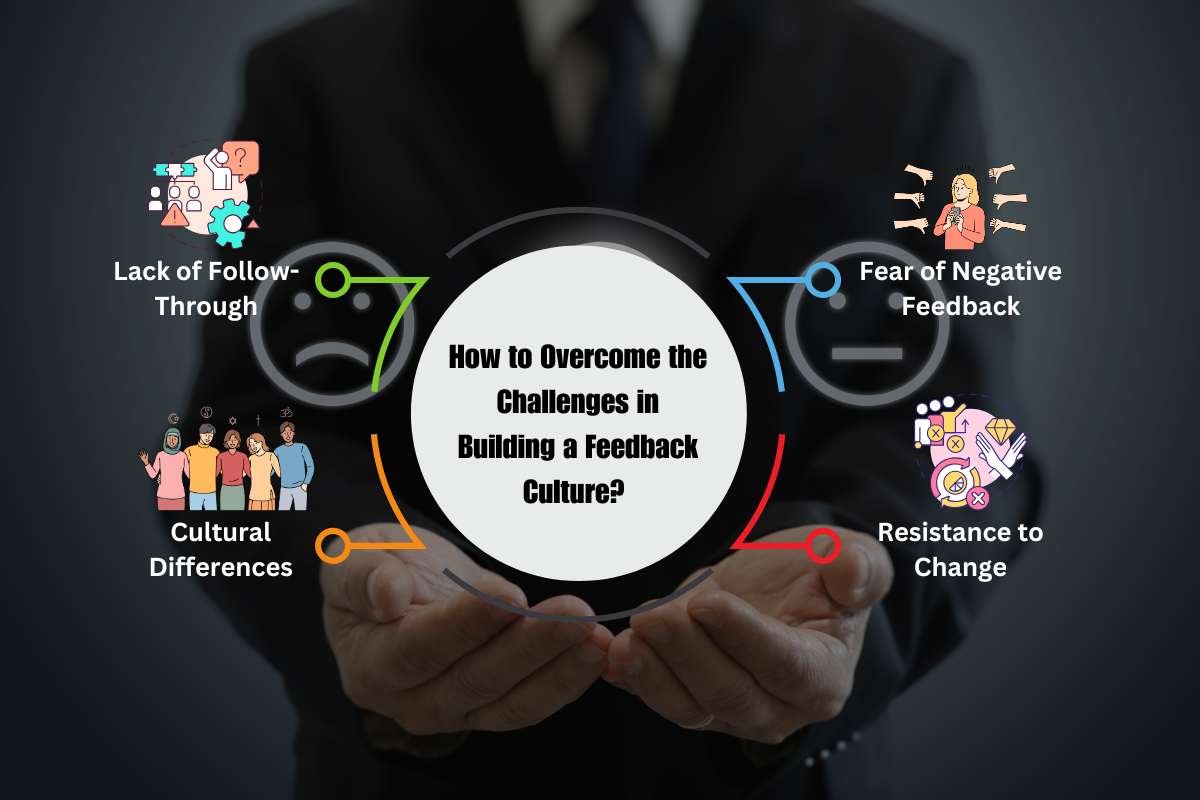Organizations need to always stay one step ahead by improving themselves in this highly competitive and growing business industry. Encouraging a feedback culture in the organization is one such great way to achieve this. By these practices, employees can communicate better with teammates, feel more engaged, and work more effectively and efficiently. When employees feel valued and heard, they can do their best, which ultimately helps the business grow and succeed.
In this article, we have provided you with a better understanding of the feedback culture, that can help businesses to grow and succeed.
Understanding a Feedback Culture
A feedback culture is an environment where employees and leaders regularly exchange constructive feedback to improve performance, processes, and collaboration. It is not about criticism or pointing out flaws; rather, it involves providing insightful suggestions, recognizing achievements, and fostering growth. Encouraging a feedback culture requires commitment from both leadership and employees to ensure that feedback is given and received in a positive, growth-oriented manner.
Key Benefits of Encouraging a Feedback Culture
1. Improves Employee Engagement
When employees receive constructive feedback, they understand their strengths and areas for improvement. This clarity boosts motivation and engagement, as they feel their contributions are acknowledged and valued.
2. Enhances Productivity and Performance
Regular feedback helps employees adjust their work strategies, align with organizational goals, and improve their performance. By addressing inefficiencies and recognizing efforts, businesses can enhance overall productivity.
3. Builds Trust and Collaboration

Encouraging a feedback culture fosters transparency and trust within the organization. Employees feel safe sharing their thoughts, leading to better teamwork and stronger professional relationships.
4. Drives Innovation and Continuous Improvement
When employees feel empowered to share their opinions, they are more likely to contribute innovative ideas. A culture of feedback creates a continuous learning environment, allowing companies to adapt and evolve effectively.
5. Reduces Workplace Conflicts
Open and honest feedback prevents misunderstandings and resolves conflicts before they escalate. By addressing concerns proactively, organizations can create a harmonious work environment.
Read More: Building a Service-Oriented Culture: A Path to Business Success in India
Strategies to Encourage a Feedback Culture in the Workplace
1. Lead by Example
Leadership plays a crucial role in fostering a feedback culture. Managers and executives should actively seek feedback, demonstrate how to give and receive constructive criticism, and create an open-door policy for discussions.
2. Create Safe Spaces for Open Communication
Employees should feel comfortable sharing their thoughts without fear of retribution. Encourage a feedback culture by implementing anonymous feedback tools, regular one-on-one meetings, and team discussions where employees can freely express their concerns and suggestions.
3. Train Employees on Effective Feedback Techniques

Providing training on how to give and receive feedback ensures that communication remains constructive and goal-oriented. Teach employees to use the SBI (Situation-Behavior-Impact) model to provide specific and actionable feedback.
4. Make Feedback a Regular Practice
Feedback should not be limited to annual performance reviews. Encourage a feedback culture by integrating feedback sessions into weekly meetings, project debriefs, and daily interactions. Consistent feedback ensures continuous improvement and avoids last-minute surprises.
5. Recognize and Act on Feedback
Acknowledging and acting on feedback demonstrates that employee input is valued. Organizations should implement suggestions when feasible, provide updates on actions taken, and recognize employees who contribute valuable insights.
6. Encourage Peer-to-Peer Feedback
Feedback should not be restricted to managers and subordinates. Encouraging a feedback culture involves promoting peer-to-peer feedback, where employees support each other’s growth and development.
7. Use Technology to Facilitate Feedback
Digital platforms such as employee engagement surveys, feedback apps, and performance management tools make it easier to collect, track, and analyze feedback. Leveraging technology ensures that feedback is documented and addressed efficiently.
Read More: Servant Leadership vs. Traditional Leadership: A Comprehensive Analysis
How to Overcome the Challenges in Building a Feedback Culture?
While encouraging a feedback culture has numerous benefits, organizations may face challenges in its implementation. Here are some common obstacles and how to overcome them:

1. Fear of Negative Feedback
Employees may hesitate to share or receive feedback due to fear of criticism. To overcome this, ensure feedback is delivered constructively and focused on development rather than faults.
2. Resistance to Change
Some employees and leaders may resist adopting a feedback culture. Address this by highlighting the long-term benefits and providing training on effective feedback techniques.
3. Lack of Follow-Through
When feedback is ignored, employees may feel discouraged. Organizations must take actionable steps based on feedback and provide updates on improvements made.
4. Cultural Differences
In diverse workplaces, communication styles may vary. Encourage cross-cultural awareness and adapt feedback methods to suit different communication preferences.
Conclusion
For creating an engaged, thriving, and high-performing workforce, encouraging a feedback culture is very crucial. Practicing unfiltered and open communication, assessing feedback, and valuing them, help organizations bring innovations to achieve long-term success.






